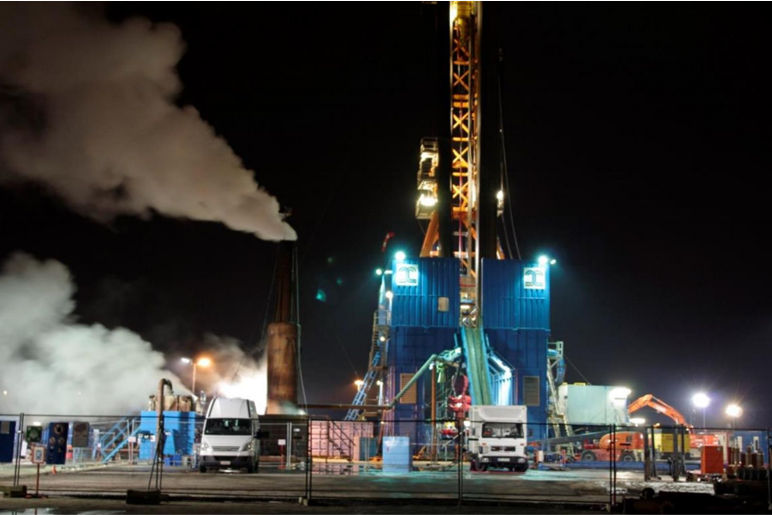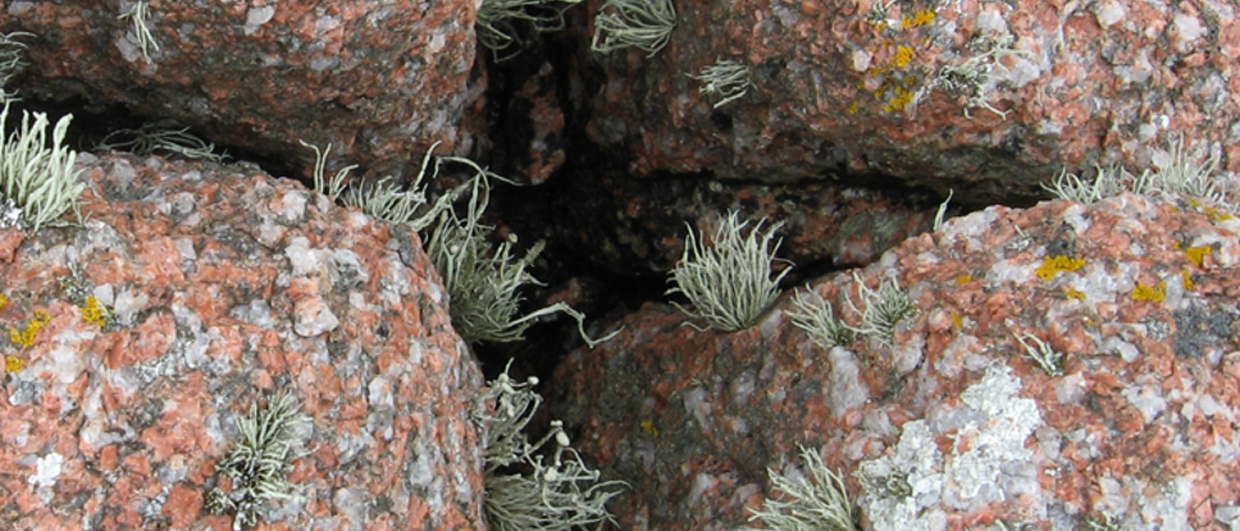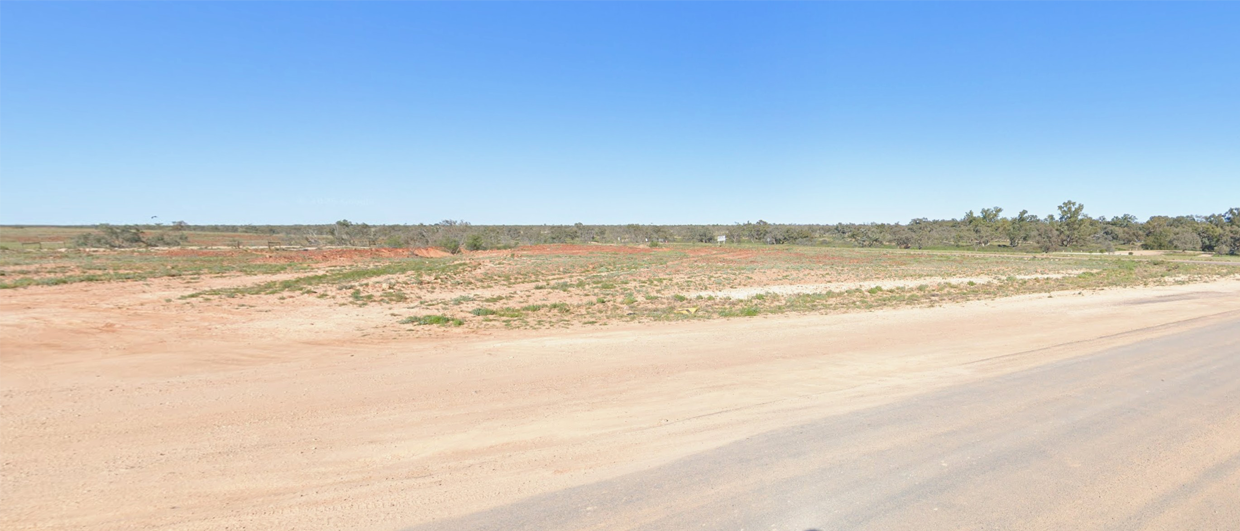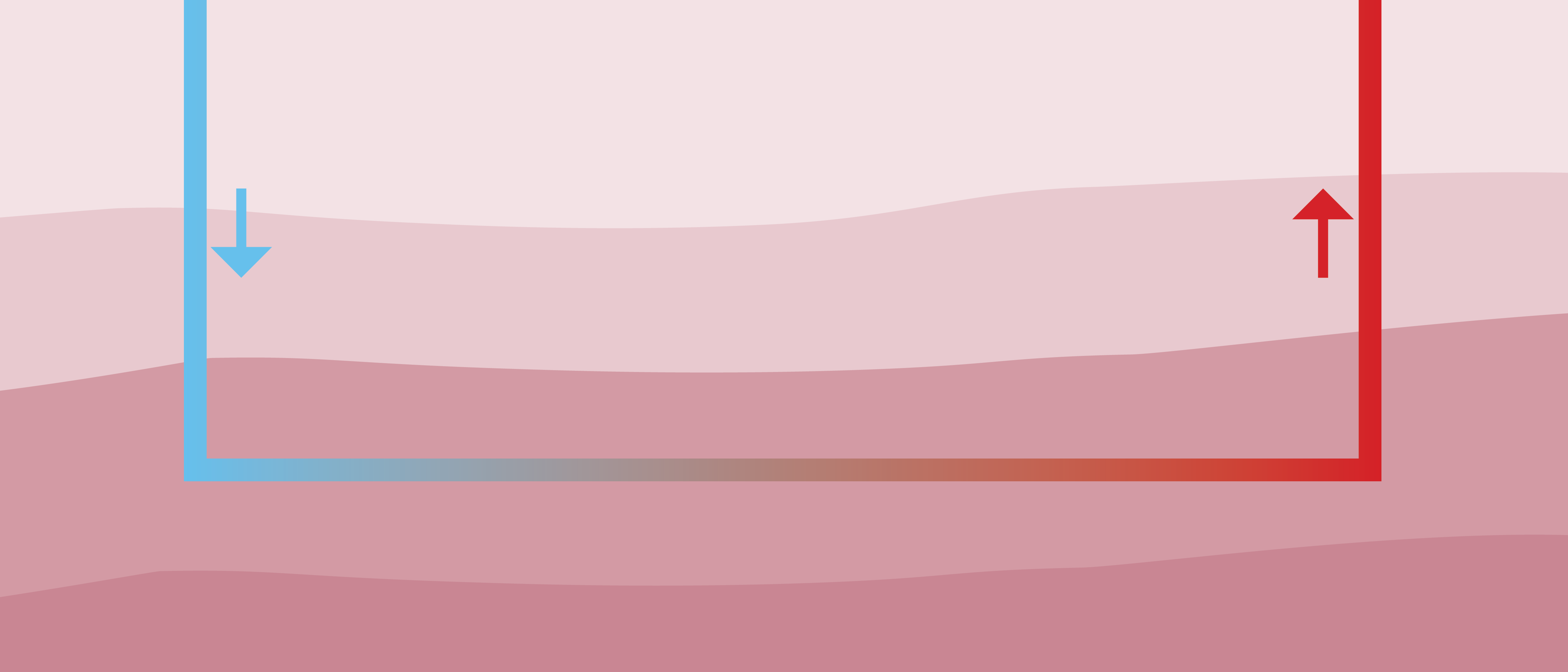Geothermal energy business HITA from Belgium is looking to drill wells into the Lower Carboniferous limestone in the greater Antwerp area, near the villages of Turnhout and Herentals. An agreement recently signed between HITA and ENGIE should give this project more momentum, where the overall ambition is to operate ten geothermal installations by 2030, good for a total production of around 600 GWh of green heat per year.
According to geologist Stijn Bos, who works at HITA, 3D seismic acquisition in the Turnhout and Herentals areas has already taken place; now it is a matter of applying for permits before the first well can hopefully be drilled near Turnhout in 2022.
Lower Carboniferous limestone
It is not the first time that the limestones deposited during the Early Carboniferous are being targeted for geothermal energy production in Belgium. In 2016, research organisation VITO drilled geothermal exploration well MOL-GT-01-S1 near Mol-Donk, targeting fractured Dinantian (Lower Carboniferous) carbonates at a depth between 3,000 and 3,600 m where reservoir temperatures of around 140 degrees Celsius were encountered. Based on positive flow tests, two more wells were then drilled, with the aim of using two of the three as a producer and one as an injector.
Fracture porosity
The Mol boreholes again confirmed that the flow potential of Dinantian limestones in northern Belgium heavily depends on fracture networks, as the matrix porosity and permeability tend to be low. This paper from Eva van der Voet and co-workers provides a good characterisation of the fault and fracture networks in the Mol wells, where the relationship between frequency of fractures and bed thickness, lithology variations and the presence of faults was further investigated. The researchers concluded that thick beds contain relatively few fractures and thin beds relatively many, with fracture density being largely independent of lithology.
The map below is from the Van der Voet et al. (2020) paper and shows the location of the MOL-GT-01 borehole in the Campine–Brabant Basin. The village of Turnhout, where the HITA well may be drilled next year, is also indicated. The coloured map shows the depth of the top of the Lower Carboniferous.

Induced seismicity
In the south of the Netherlands, two geothermal doublets were drilled in 2013-2017, also targeting fractured, faulted and locally karstified Dinantian limestones. However, the wells involved in these doublets cross-cut a major basin bounding fault which is known to experience natural seismicity at times. A small seismic event was detected in 2018, after which operations were ceased. In the two weeks that followed, nine more events were registered of up to a magnitude of 1.7. Since then, operations have not been allowed to resume.
The Mol site (which is called Balmatt) has also experienced small seismic events, which led to suspension of production. However, as VITO announced on their website recently, operations on this research site were given the green light to resume again.
In this light, it will be interesting to see whether HITO and ENGIE will be able to acquire their permits in time to start drilling in Turnhout next year.
HENK KOMBRINK





